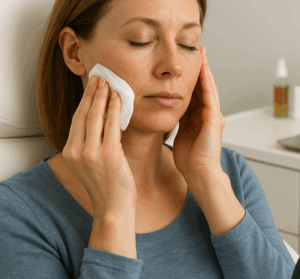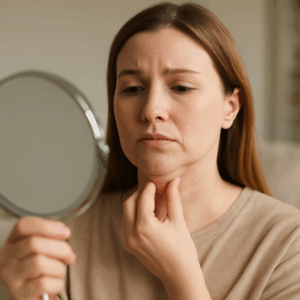The Science Behind PRP Therapy
Platelet-Rich Plasma (PRP), often hailed as ‘liquid gold,’ is a groundbreaking approach in the realm of cosmetic dermatology. This innovative treatment utilizes a patient’s own blood, processed to concentrate the plasma rich in platelets, offering a natural solution to various skin concerns. In this blog, we explore how PRP therapy works, its benefits, and what patients can expect from the treatment.
Understanding PRP Therapy
The Process of Creating PRP
PRP is derived by spinning a patient’s blood in a centrifuge, which separates the plasma from other blood components. This plasma is rich in platelets, known for their healing properties and ability to stimulate collagen production. The result is a collagen-boosting super plasma that addresses a range of skin issues.
Benefits of PRP for Skin Rejuvenation
When combined with micro-needling, PRP becomes a powerful tool for rejuvenating the skin. It effectively treats acne scarring, minimizes pores, smooths fine lines, evens out complexion, and brightens overall skin tone. Moreover, the treatment encourages the body to produce more collagen, enhancing skin’s natural firmness and elasticity.
The PRP Treatment Process
Micro-Needling with PRP: A Synergistic Effect
Micro-needling, a procedure that involves creating tiny punctures in the skin, is often used in conjunction with PRP. This combination allows the PRP to penetrate deeper into the skin, maximizing its rejuvenating effects. The micro-injuries from the needling also stimulate the body’s natural healing process, further boosting collagen production.
What to Expect During and After Treatment
The PRP treatment involves minimal discomfort and is relatively quick. Post-procedure, patients can expect some redness and possible skin peeling for about two days. These side effects are typically mild and signify the skin’s natural healing process at work.
Treatment Course and Results
Recommended Treatment Plan
For optimal results, patients are usually advised to undergo a series of treatments. Typically, three sessions are sufficient for general skin rejuvenation, while patients with severe acne scarring may benefit from up to six sessions. The spacing between treatments allows for proper healing and collagen development.
Observing the Results
Patients often notice improvements in skin texture and appearance after the initial redness subsides. The full effects of the treatment, particularly in collagen production and skin firmness, become more evident over time, with continued improvements seen for several months following the therapy.
Embracing PRP for Natural Skin Enhancement
PRP therapy represents a significant advancement in natural skin rejuvenation. By harnessing the body’s own healing capabilities, it offers a safe and effective solution for various skin concerns, all while promoting a more youthful, radiant complexion. If you’re considering PRP therapy, consult with a qualified dermatologist or cosmetic specialist to determine if this treatment is right for you.





Recent Comments